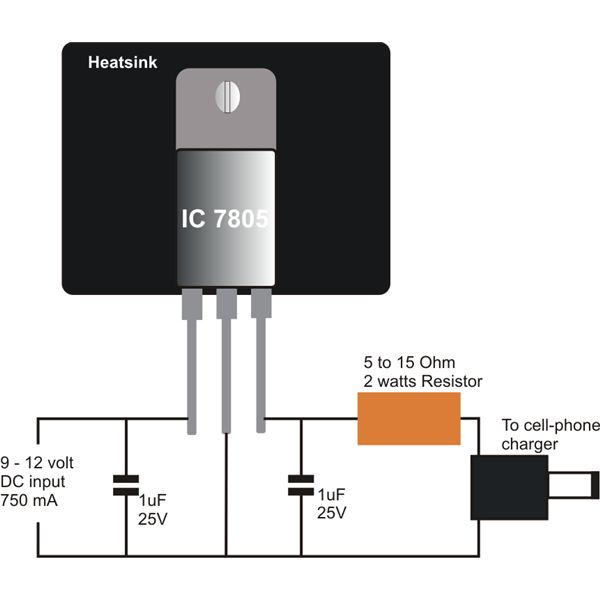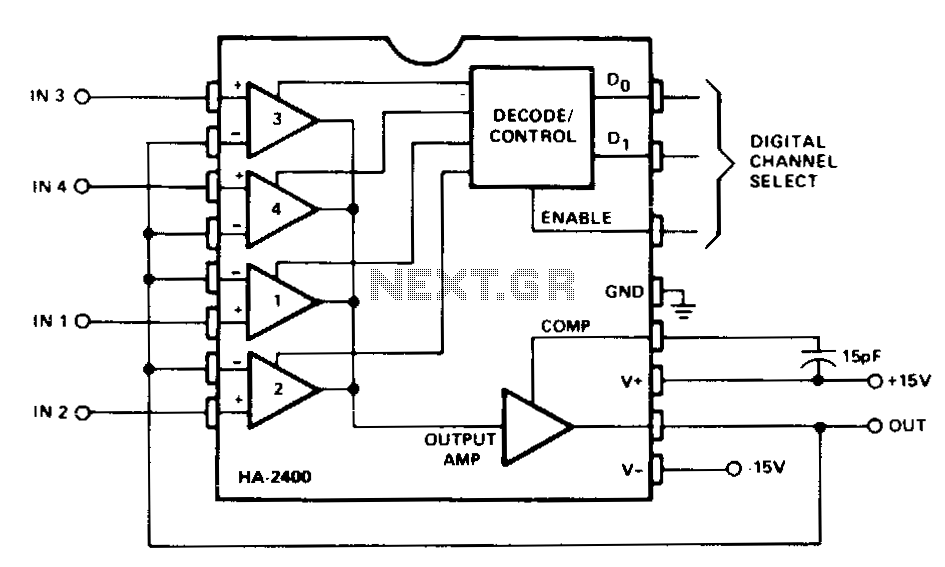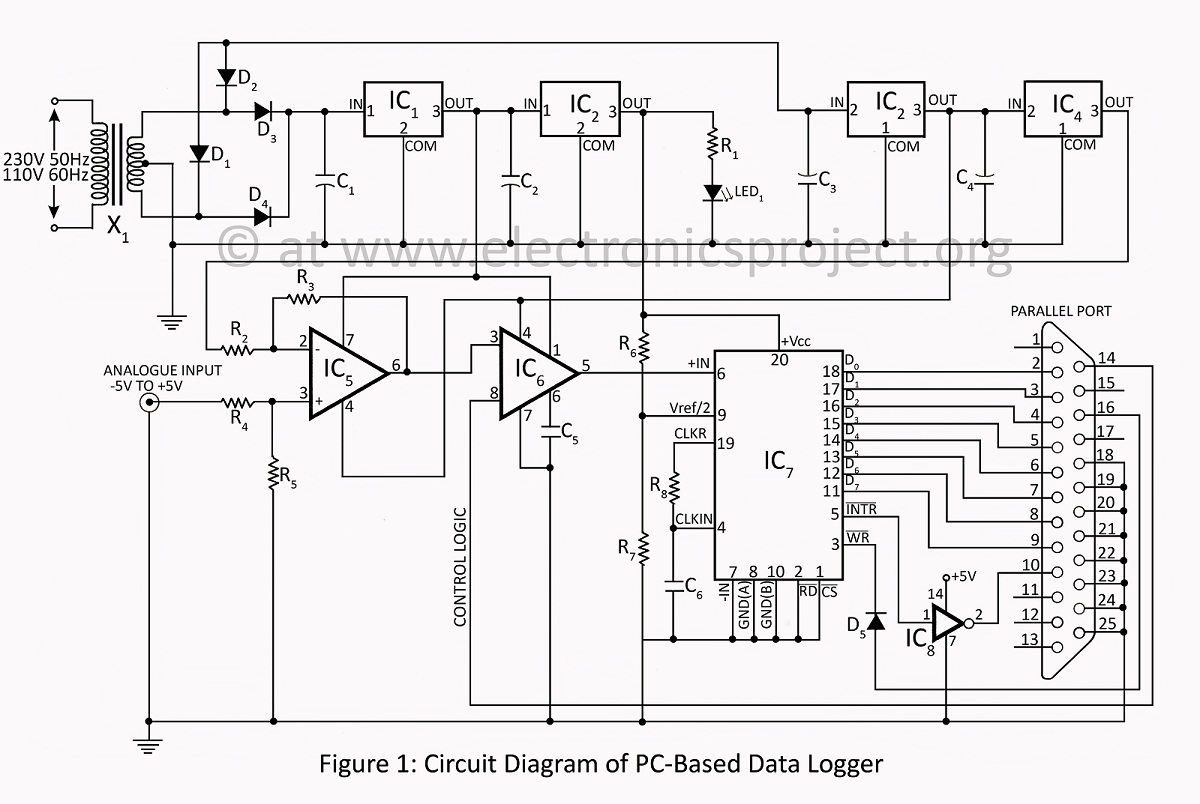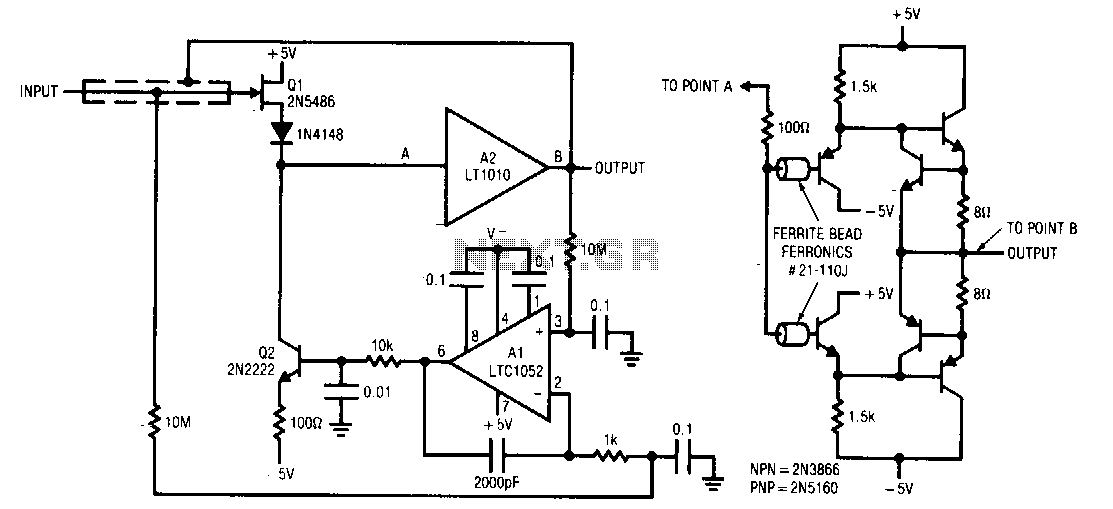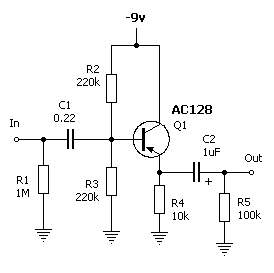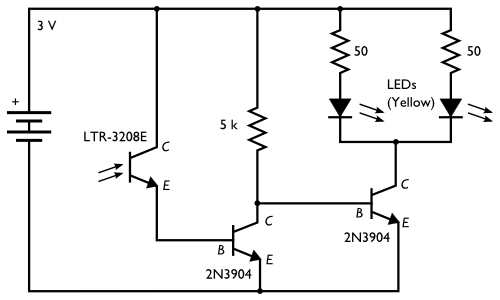
Did You Buffer The Buffered Buffer
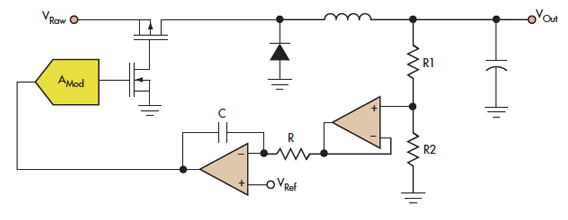
Cypress' Dave Van Ess cautions circuit designers about the excessive and careless use of operational amplifiers, providing examples and circuit theory.
Operational amplifiers (op-amps) are widely utilized in various electronic circuits due to their versatility and performance characteristics. However, the overuse of op-amps can lead to complications in circuit design, including increased power consumption, unwanted noise, and potential instability. Dave Van Ess emphasizes the importance of understanding the specific requirements of a circuit before integrating multiple op-amps.
In circuit design, op-amps can serve numerous functions, such as amplification, filtering, and signal conditioning. However, designers should be cautious to avoid unnecessary complexity. Each op-amp introduces additional components, such as resistors and capacitors, which can affect the overall performance. For instance, the introduction of feedback networks can alter the gain and bandwidth of the circuit, potentially leading to oscillations if not designed properly.
Van Ess suggests that designers should first evaluate the need for an op-amp in a given application. In some cases, simpler alternatives, such as passive components or dedicated ICs, may provide adequate performance without the complications that op-amps can introduce. Furthermore, understanding the trade-offs involved in using op-amps—such as input and output impedance, power supply requirements, and temperature stability—can help in making informed design decisions.
In conclusion, while op-amps are powerful tools in circuit design, their overuse can lead to inefficiencies and complications. A thorough understanding of circuit requirements and careful consideration of alternatives can help designers create more efficient and reliable electronic systems.Cypress` Dave Van Ess cautions circuit designers about the sloppy overuse of op amps with examples and circuit theory 🔗 External reference
Operational amplifiers (op-amps) are widely utilized in various electronic circuits due to their versatility and performance characteristics. However, the overuse of op-amps can lead to complications in circuit design, including increased power consumption, unwanted noise, and potential instability. Dave Van Ess emphasizes the importance of understanding the specific requirements of a circuit before integrating multiple op-amps.
In circuit design, op-amps can serve numerous functions, such as amplification, filtering, and signal conditioning. However, designers should be cautious to avoid unnecessary complexity. Each op-amp introduces additional components, such as resistors and capacitors, which can affect the overall performance. For instance, the introduction of feedback networks can alter the gain and bandwidth of the circuit, potentially leading to oscillations if not designed properly.
Van Ess suggests that designers should first evaluate the need for an op-amp in a given application. In some cases, simpler alternatives, such as passive components or dedicated ICs, may provide adequate performance without the complications that op-amps can introduce. Furthermore, understanding the trade-offs involved in using op-amps—such as input and output impedance, power supply requirements, and temperature stability—can help in making informed design decisions.
In conclusion, while op-amps are powerful tools in circuit design, their overuse can lead to inefficiencies and complications. A thorough understanding of circuit requirements and careful consideration of alternatives can help designers create more efficient and reliable electronic systems.Cypress` Dave Van Ess cautions circuit designers about the sloppy overuse of op amps with examples and circuit theory 🔗 External reference
